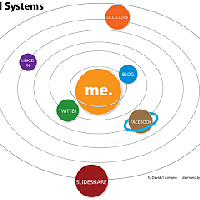Home
About Us
Page 2
The applicants of the program can choose between two funding options. The first option would require the successful applicants to establish state and local coordinated Lifespan Respite Care systems in order to serve family caregivers regardless of their age or special needs.
|
|
In addition, the applicants under this funding option will also be required to create and provide new and tested emergency respite services, as well as provide training and recruit respite volunteers and workers while simultaneously assisting caregivers in obtaining access to respite care services.
The second funding option stipulates that the applicant should be bring to scale more completely integrated respite services across the lifespan with a goal of sustained, measurable progress towards the realization of sustainable Lifespan Respite systems.
To support these initiatives, the Administration on Aging is ready to administer funds in the amount of $2,495,000 to a couple of worthy, eligible grant recipients.
The institutions and organizations who will be considered eligible to participate in the Lifespan Respite Care Program - Technical Assistance Resource Center are the following:
a) Private and Public Non-profit entities
b) State and Local Governments
c) Indian Tribal Governments and Organizations
d) Faith-based Organizations
e) Community-based Organizations
f) Institutions of Higher Education
Lifespan Respite Care Program - Technical Assistance Resource Center
Back to Page 1
About The Author Iola Bonggay is an editor of TopGovernmentGrants.com one the the most comprehensive Websites offering information on government grants and federal government programs. She also maintains Websites providing resources on environmental grants and grants for youth programs. |
Additional Resources
category - Health Grants
Government Grants Within the United States Food and Nutrition Sector
Rheumatic Diseases Research Core Centers Project
Planning Grants for Hubs of Interdisciplinary Research and Training in Global Environmental and Occupational Health Project
Learning Disabilities Innovation Hubs Program
Follow @topgovtgrant
Social Entrepreneurship
Spotlight
Social Enterprise Version 2.0

Midsize businesses are tapping into the social business market because large companies do not need the help of start-ups to create a “social technology stack.” But a social business stack cannot generate revenue by itself.
